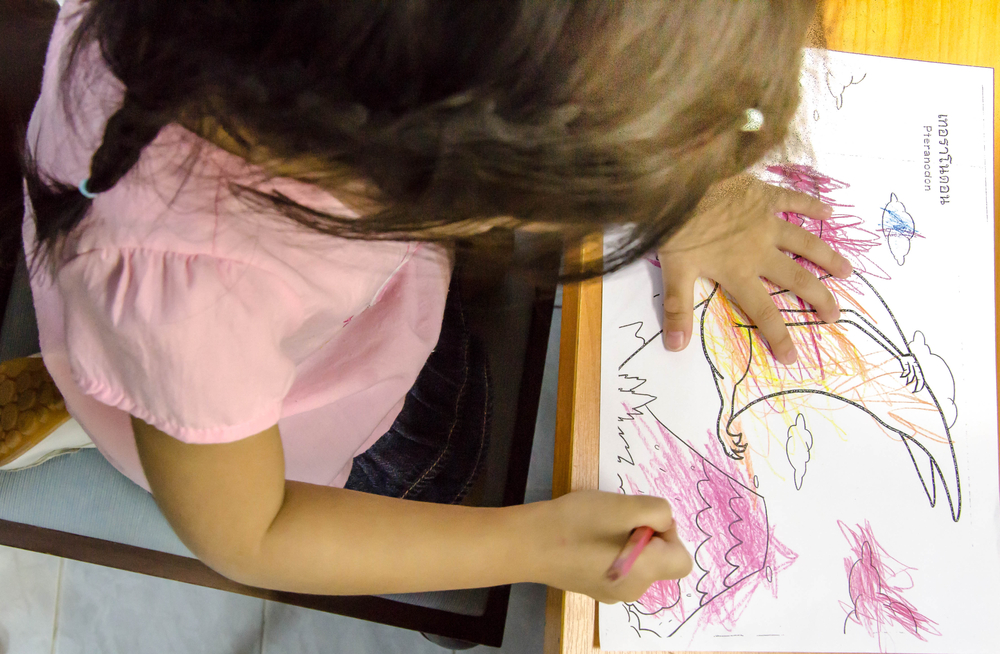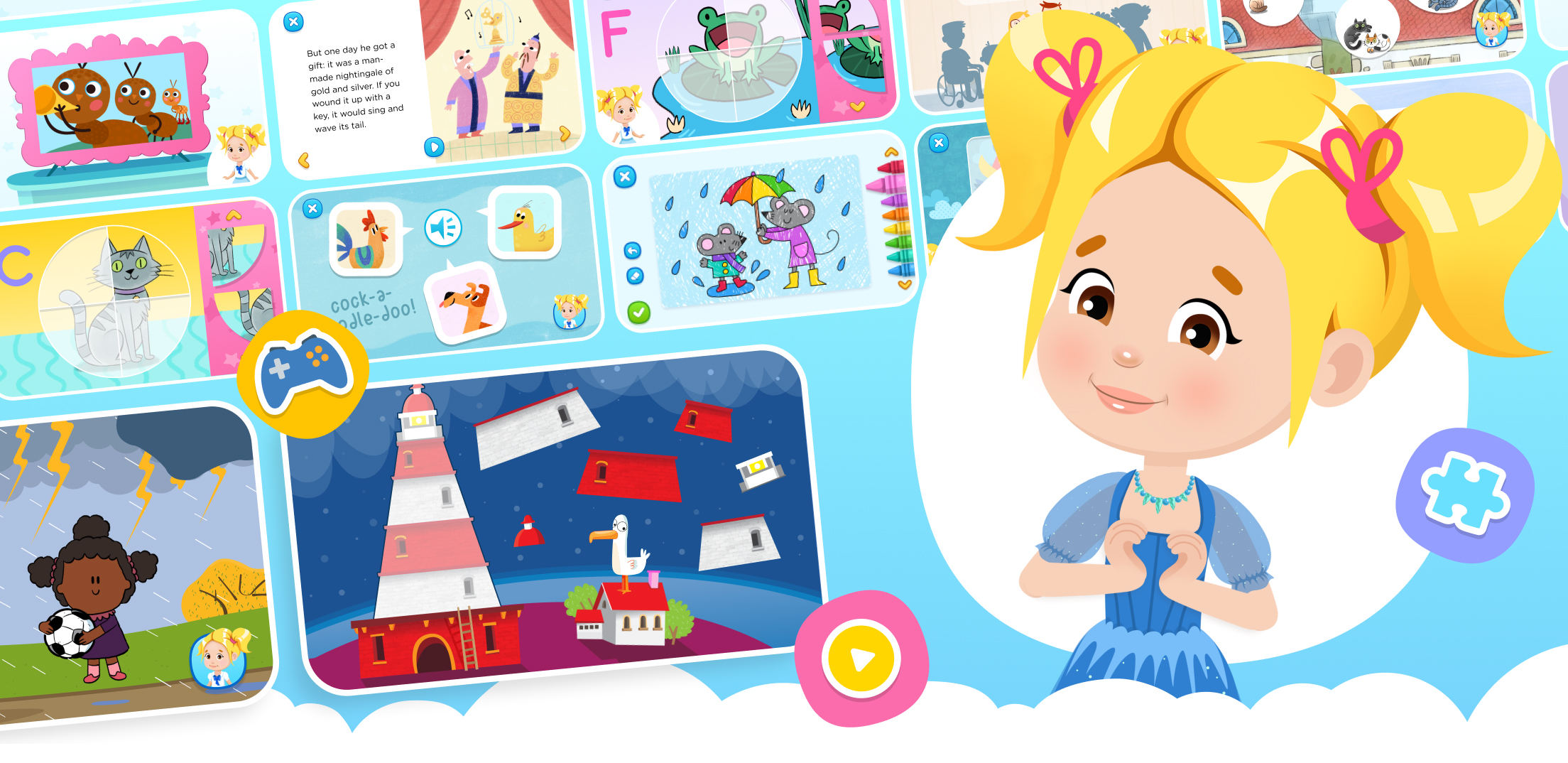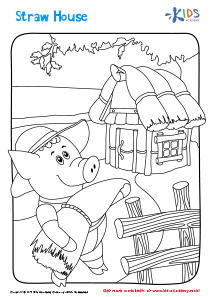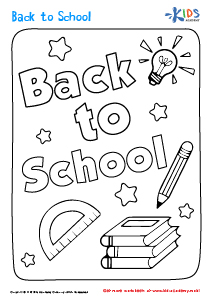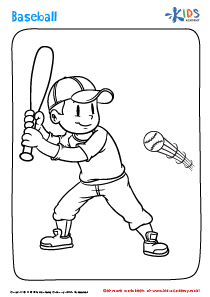Easy Feelings and Emotions Worksheets for Ages 4-9
4 filtered results
-
From - To
Discover our easy feelings and emotions worksheets perfect for ages 4-9! Designed to help young learners identify and express their emotions, these fun and engaging coloring pages make learning a breeze. Each worksheet encourages creativity while teaching kids valuable emotional vocabulary. Whether your child is feeling happy, sad, or surprised, these printable activities provide a safe space for them to explore and understand their feelings. Ideal for parents, teachers, and caregivers, these worksheets are a great addition to any early childhood education program. Help your kids navigate their emotions with confidence and ease!
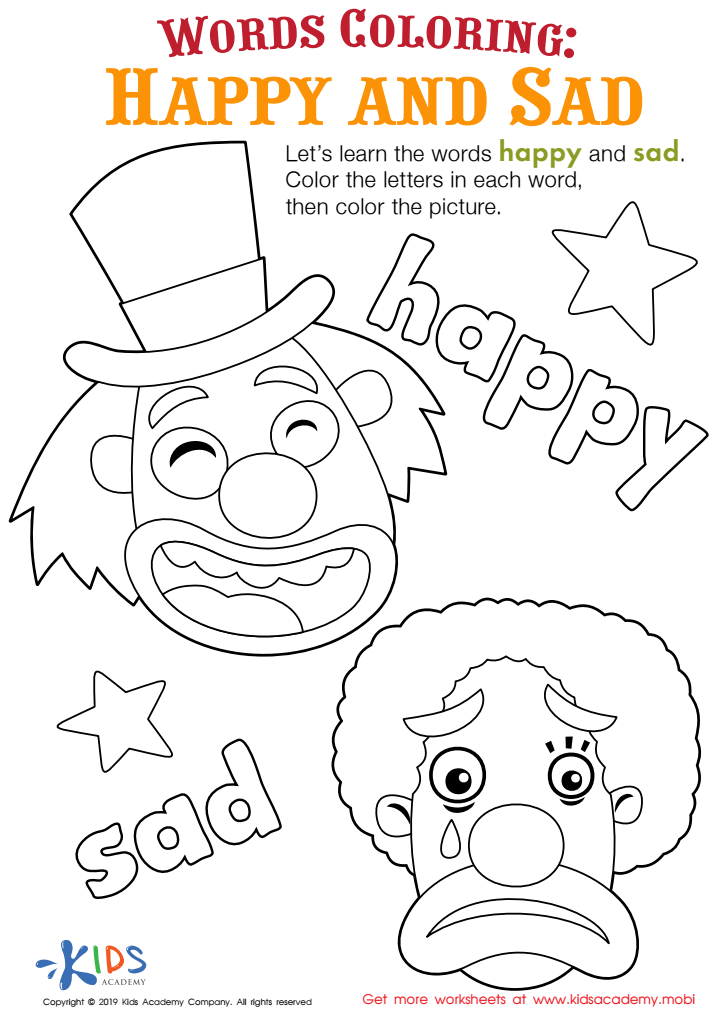

Happy and Sad Words Coloring Worksheet
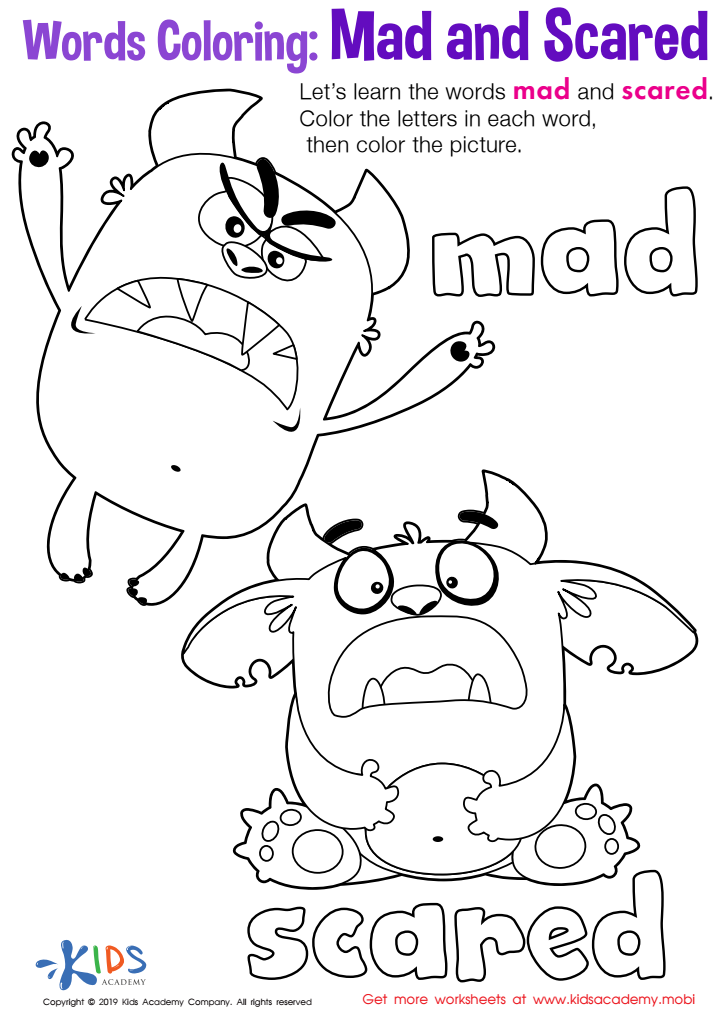

Mad and Scared Words Coloring Worksheet


Tired and Worried Words Coloring Worksheet
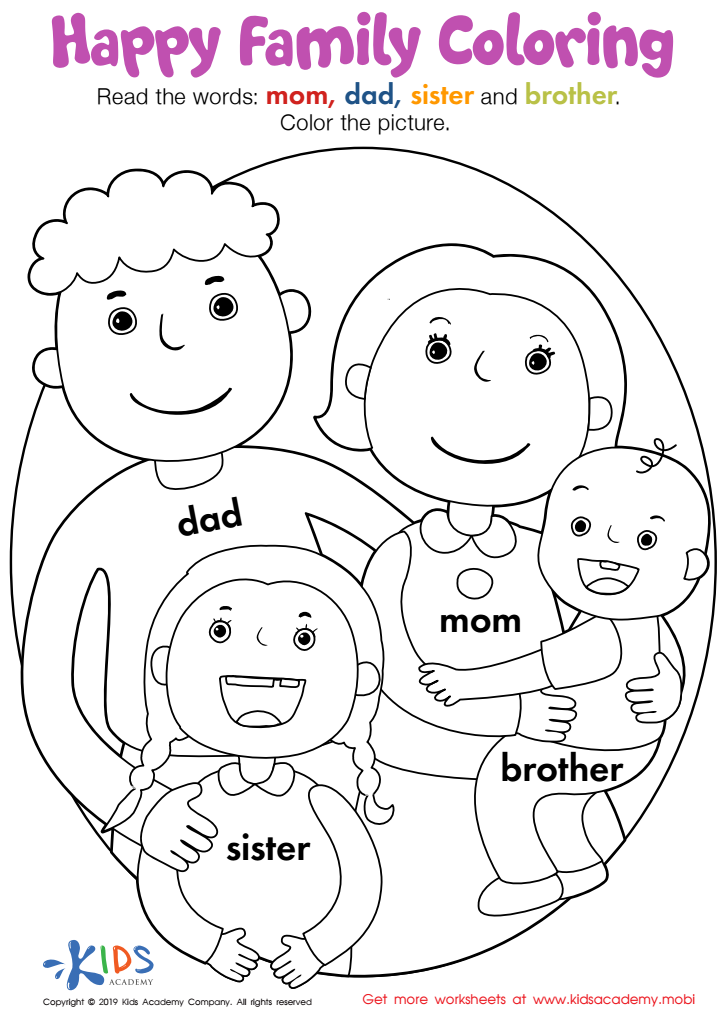

Happy Family Coloring Worksheet
Understanding and processing feelings and emotions is crucial for the healthy development of children, particularly between the ages of 4-9. This formative period is when children start interacting more with peers, experiencing new environments, and facing challenges that require emotional regulation. Both parents and teachers play pivotal roles in guiding children through this stage.
Children who have the tools to express their feelings and understand their emotions are better equipped to build strong relationships and navigate social interactions successfully. Emotional literacy helps them to communicate their needs and concerns clearly, reducing frustrations and preventing conflicts. It also lays the foundation for empathy, allowing them to recognize and respond to the emotions of others effectively.
Furthermore, children with a good grasp of their emotional world are often more resilient. They can handle setbacks with greater ease, bounce back from disappointments, and possess a positive outlook on life. This leads to better mental health and academic performance over time.
For parents and teachers, fostering an environment where feelings and emotions are openly discussed and managed encourages a supportive and nurturing space for children to thrive. They can provide guidance and model appropriate emotional responses, teaching children valuable life skills that will benefit them well into adulthood. Thus, investing effort in helping children understand and manage emotions is essential for their overall well-being and success.

 Assign to My Students
Assign to My Students




